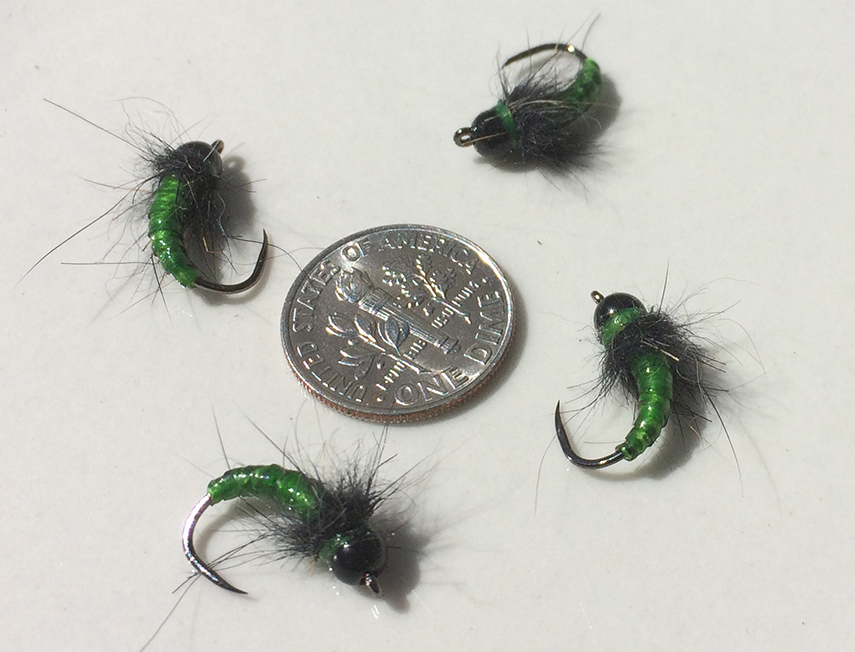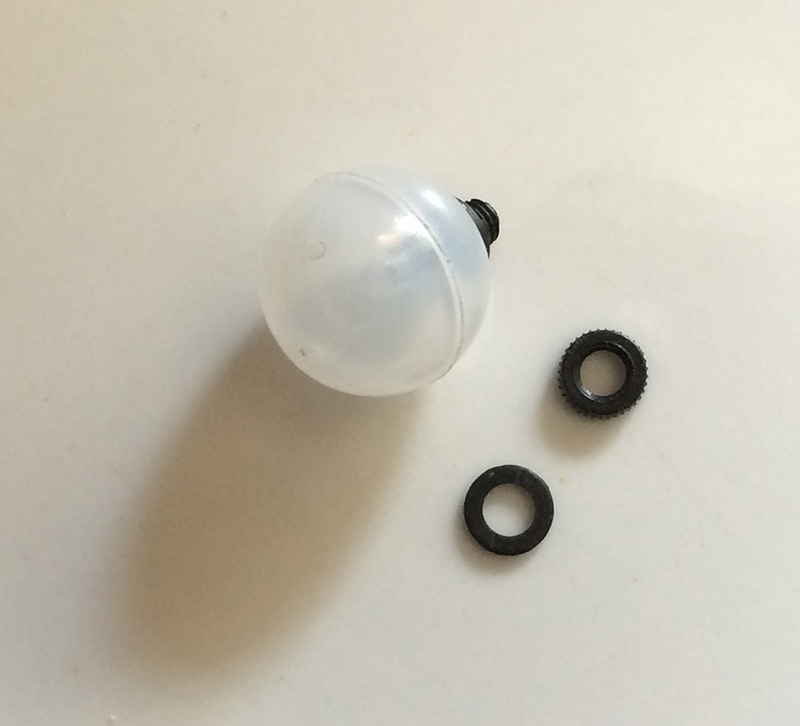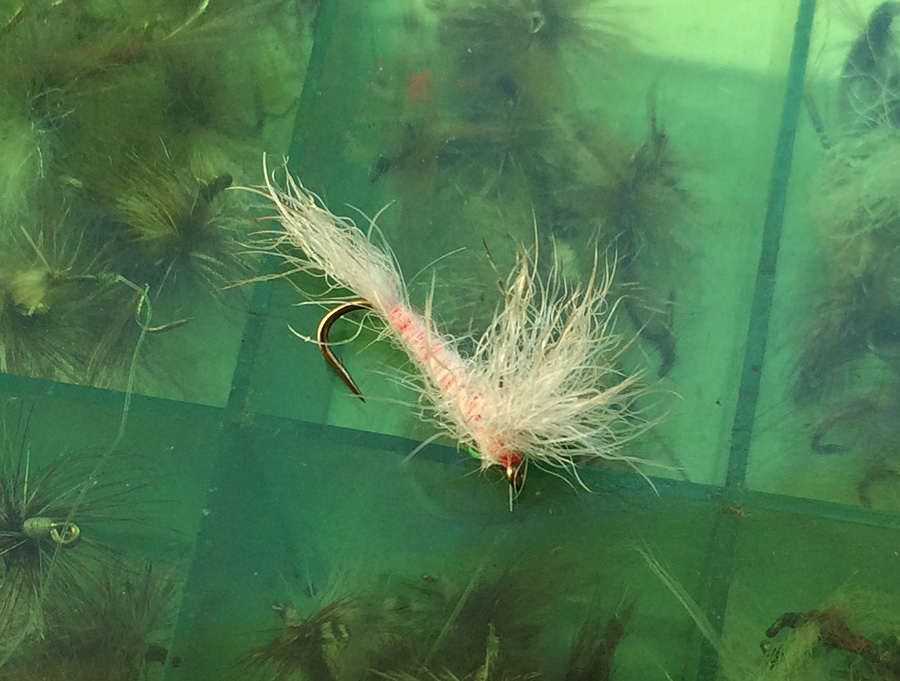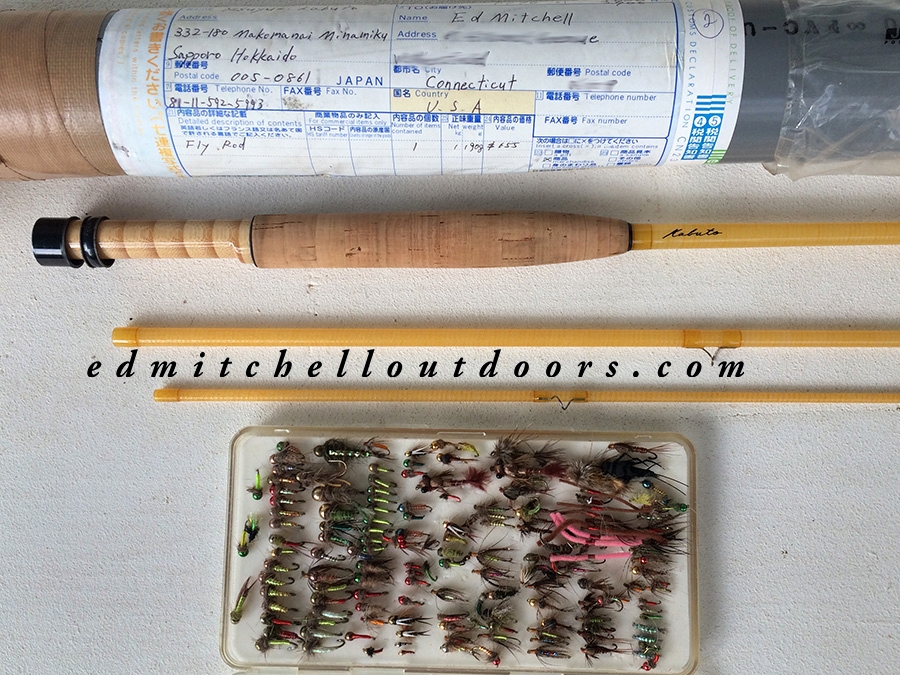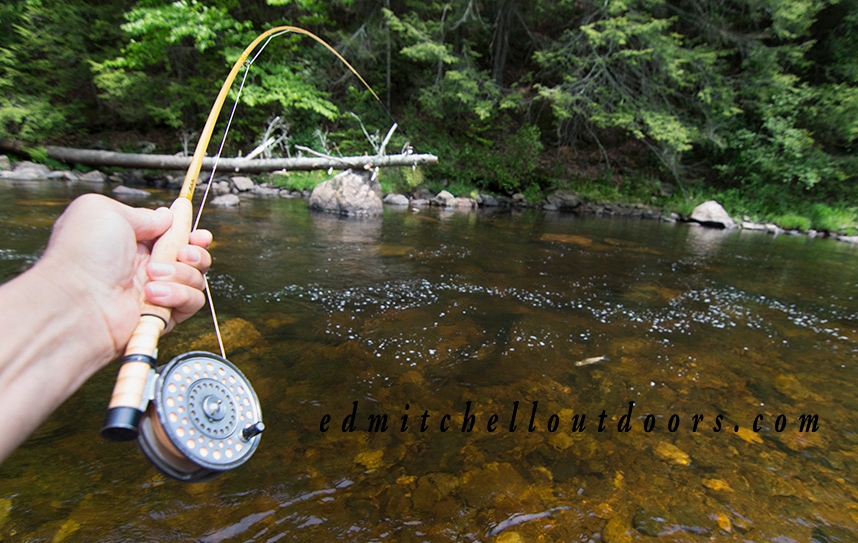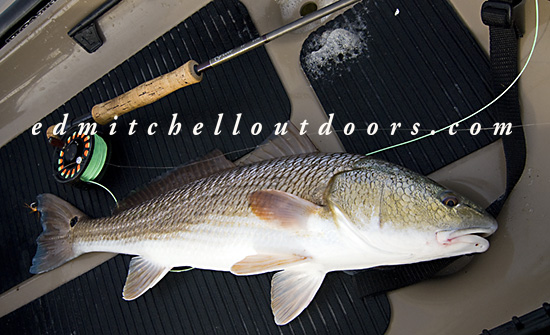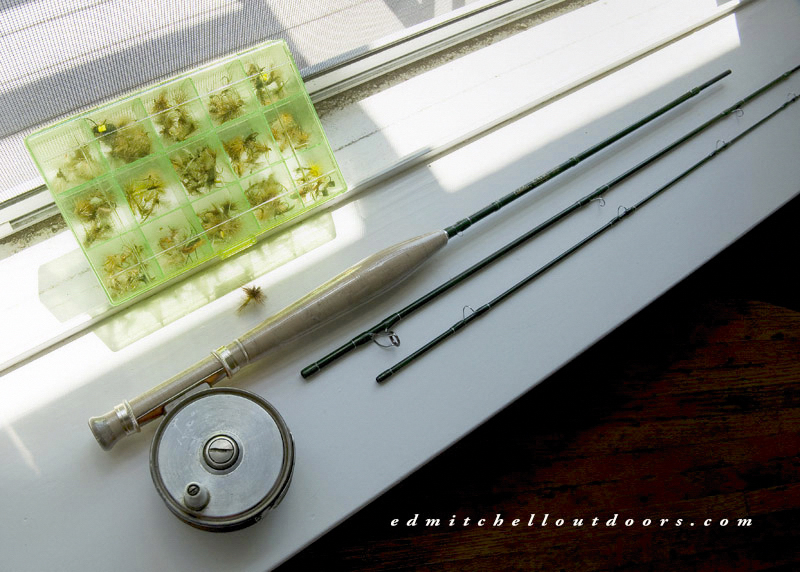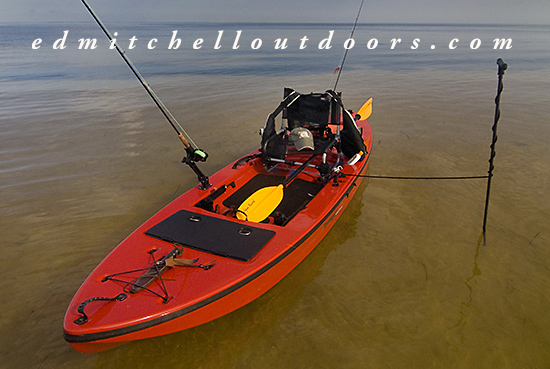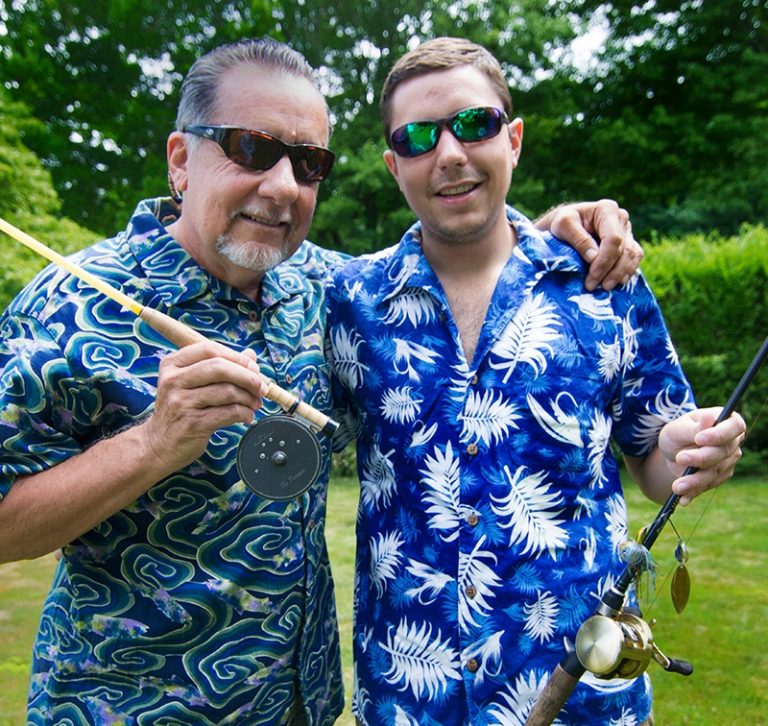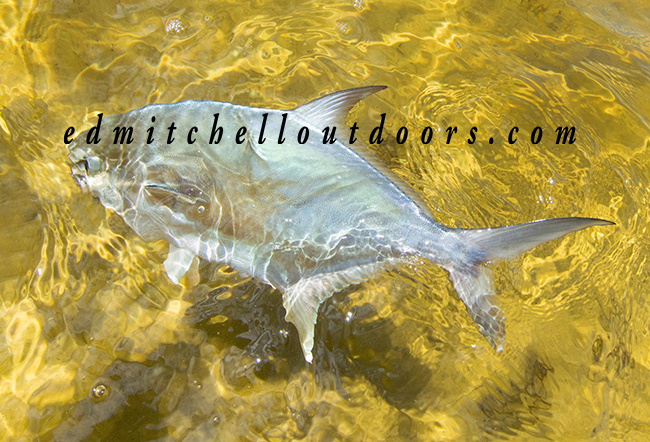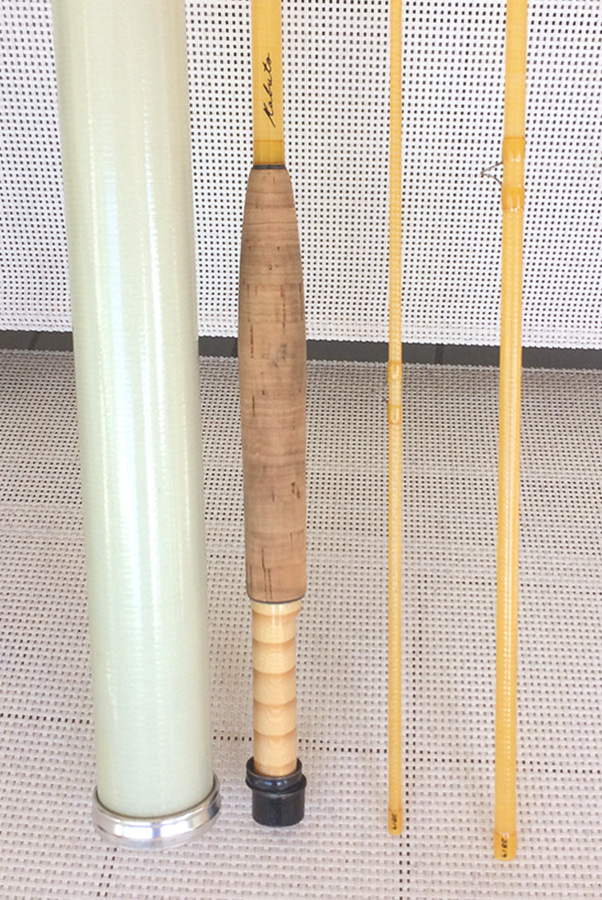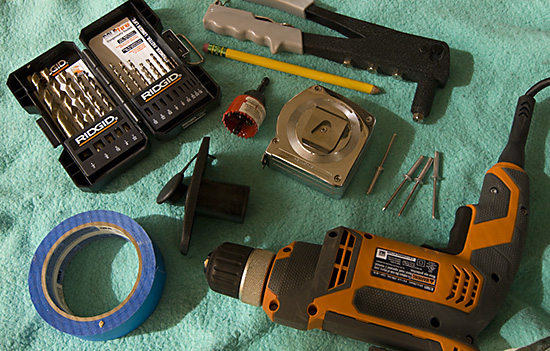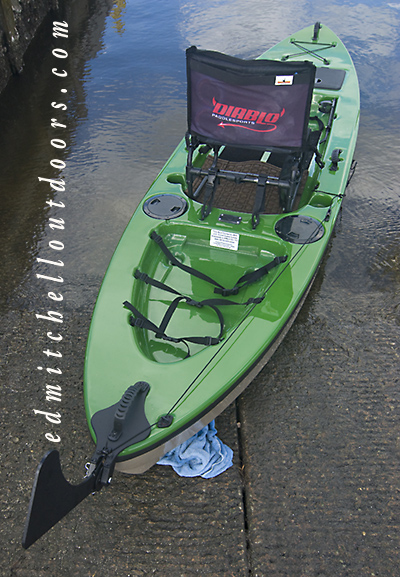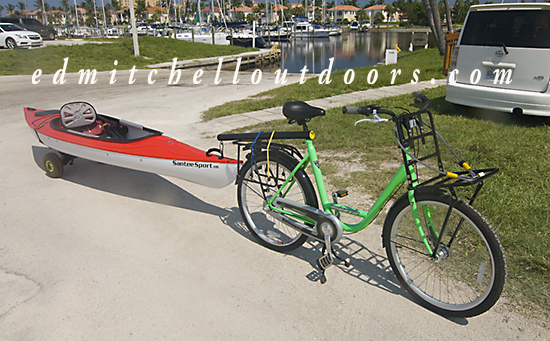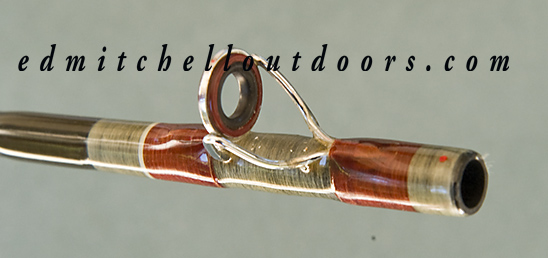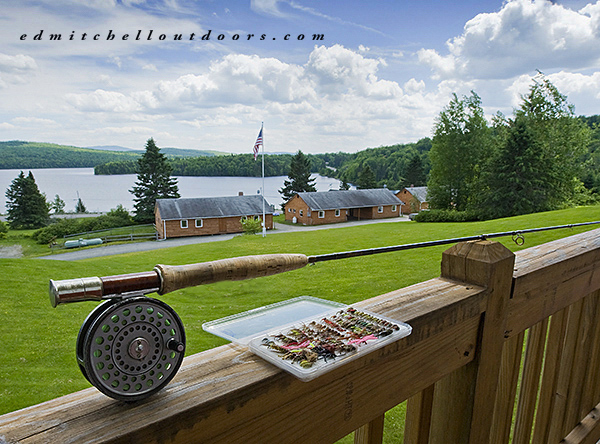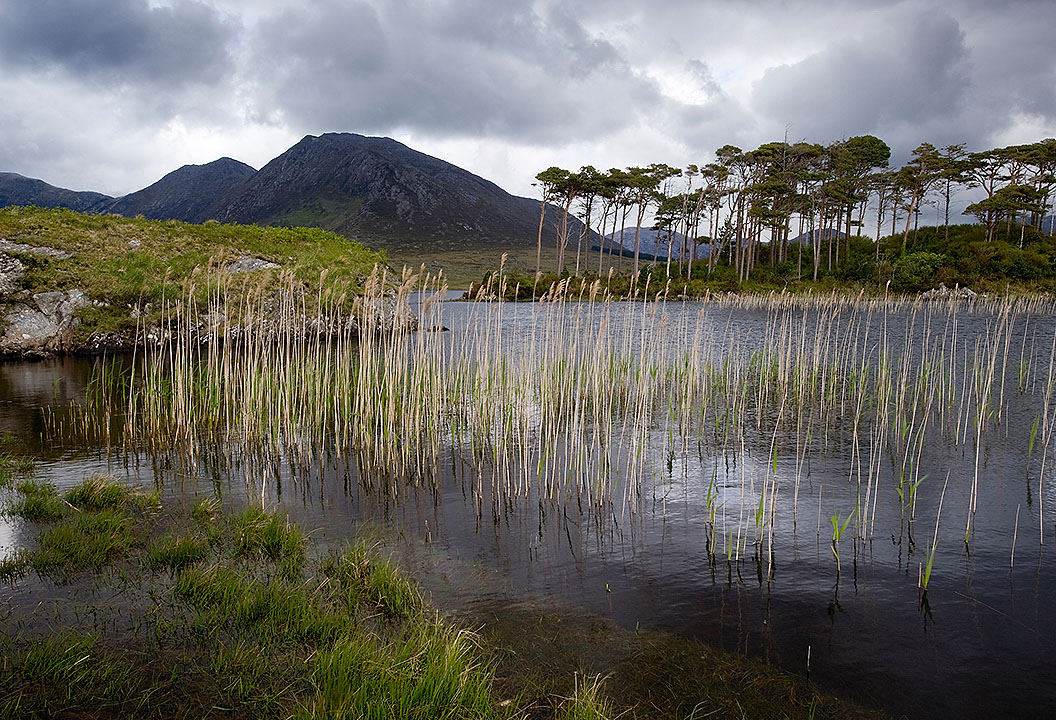Part Four: In the following days I waded as many pools and runs as I could. It was a vivid reminder of how much terrific trout water exists on this river. Naturally my main goal throughout stayed the same – to fish and learn about the “sulphur” hatch on the Farmington River.
For the duration of my trip, this year’s “sulphur” hatch continued to prove difficult to nail down. I saw duns appear as early as 11:30am, and as late as 7:45pm. And on more than one occasion, the hatch came off twice in the same day – once in the afternoon and once in the evening. Typically the afternoon hatches were the weaker of the two, being shorter in duration and containing fewer duns. That said, the afternoon events hosted less anglers which allowed you a better shot at the fish. And in the evening, there was an increasing number of smaller duns down to size 18#.
When the hatch wasn’t underway, I resorted to nymphs, trying indicator-style and tight line Euro-style. Both methods caught fish. Primary I stuck with bead-head caddis pupa. My indicator was a product new to me, called an Air-Lock. Unlike other indicators, these employ a threaded slot to grasp the leader. It worked well, although the threaded assembly is small and a bit hard to handle, particularly midstream. Once it is in place,however, it can be quickly moved up or down and doesn’t kink the leader. Good news.
Overall, I enjoyed fishing the”sulphur’ hatch on the Farmington River, but found it challenging. Now, perhaps I just hit the hatch in an “off”year. Such things can happen. Regardless, I feel confident in making the following recommendations. If you come for the hatch, be sure to have “emergers” in your fly box. If you get caught without them, hang a size 16 pheasant tail nymph about a foot off the bend of a dry. Could save the day. And you’ll need “sulphur”dries in three sizes 14,16, and 18# – along with a selection of “sulphur” spinners. Also in your dry fly box should be size 16# tan caddis, Isonychias in 10# and 12#. And don’t forget to bring “Usuals”; this homely looking dry can works wonders.
In closing, let me mention two fun places in New Hartford. If you’re feeling hungry, Blue Sky Foods on route 44# is a gem, serving up good food with a funky Caribbean flare. Off Greenwoods road, by the Ovation guitar factory, is a new spot called the Parrott-Delaney tavern. Excellent food and a fine selection of craft beers. I really liked the spot. Enjoy!


